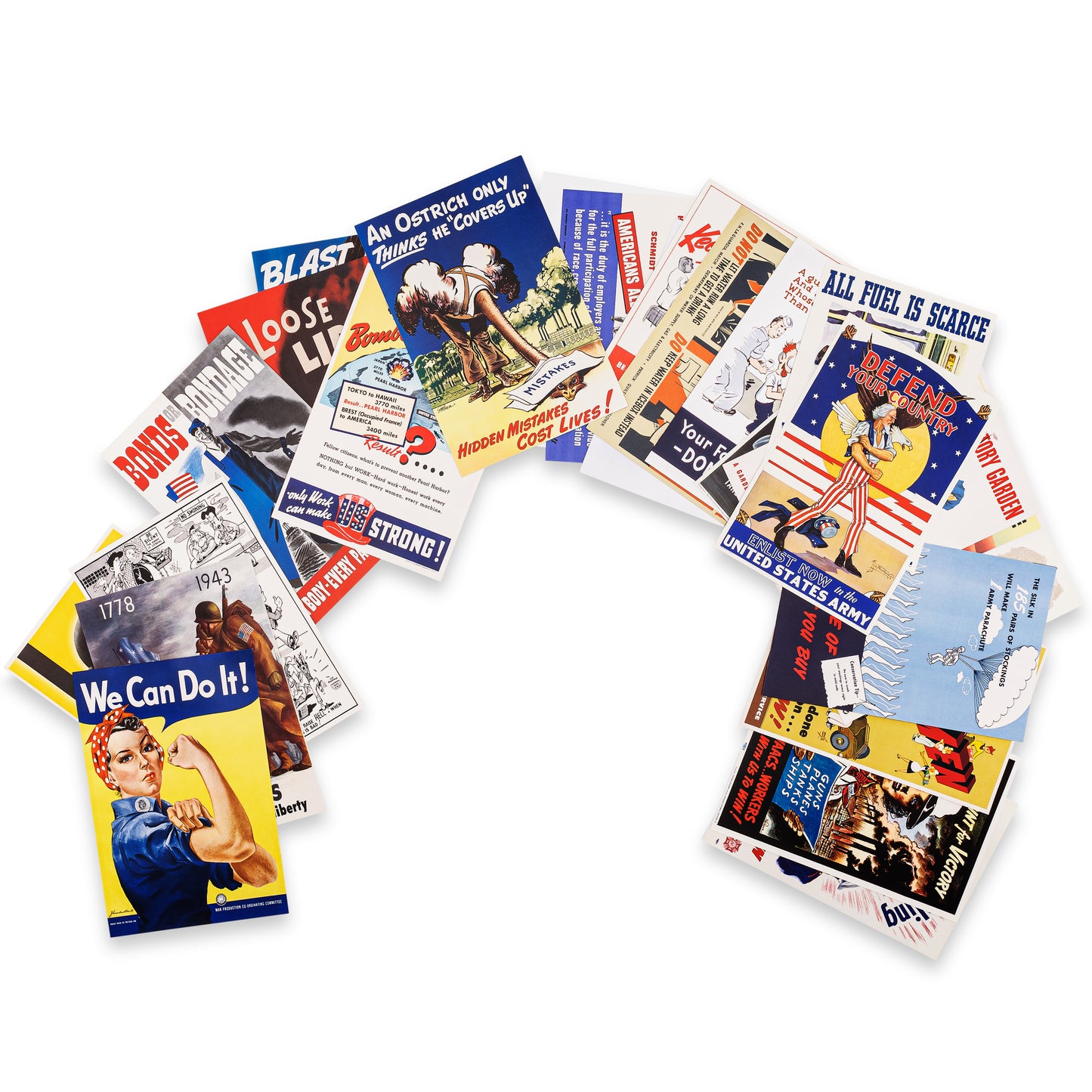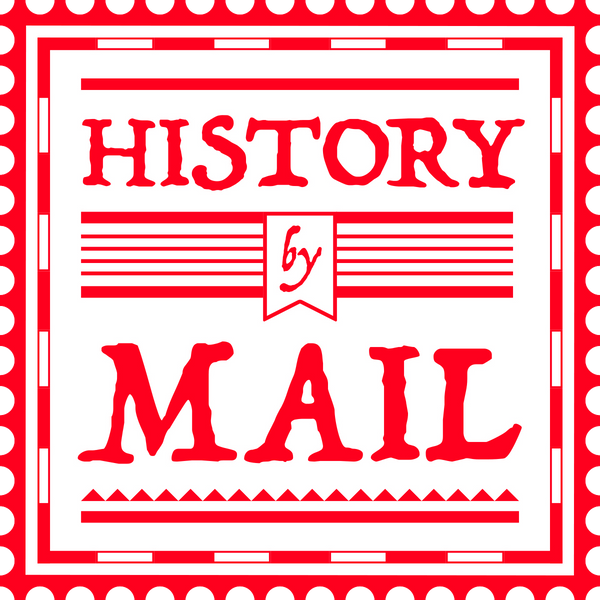March on Washington
- What were the key events and significance of the March on Washington for Jobs and Freedom in 1963?
- How did the March on Washington impact the Civil Rights Movement in the United States?
- What were the goals and demands of the organizers and participants of the March on Washington?
- How did the March on Washington contribute to the passage of the Civil Rights Act of 1964 and the Voting Rights Act of 1965?
- In what ways does the legacy of the March on Washington continue to resonate in contemporary social justice movements?

View from the Lincoln Memorial to at the March on Washington for Jobs and Freedom on August 23, 1963 in Washington, D.C. The view overlooks the crowd of roughly 250,000 people, the reflecting pool, and the Washington Monument.
On May 24, 1963, African American cultural leaders including novelist, playwright, and Civil Rights activist James Baldwin were invited to discuss race relations with Attorney General Robert F. Kennedy. The meeting soon became antagonistic, as the African American participants felt Kennedy did not adequately understand the race problem in America. Civil Rights leaders believed the Kennedy administration had not lived up to JFK’s 1960 campaign promises, and MLK described the Kennedy administration’s race policy as “tokenism.” MLK felt Civil Rights had lost its place as the number one domestic issue through a series of minor actions by the Kennedy Administration to improve voting rights, and work against discrimination in housing and in the workplace. The Baldwin-Kennedy meeting provoked the administration to take action.

Meeting of March on Washington leaders with Vice President Lyndon B. Johnson and Attorney General Robert F. Kennedy at the White House, June 22, 1963.

Leaders of the March in front of the statue of Abraham Lincoln: (seated, from left to right) Whitney Young, Cleveland Robinson, A. Philip Randolph, Martin Luther King Jr., and Roy Wilkins; (standing, from left to right) Mathew Ahmann, Joachim Prinz, John Lewis, Eugene Carson Blake, Floyd McKissick, and Walter Reuther.

Aerial view capturing the multitude of marchers near the Washington Monument.

Leaders linked arms in front of marchers on Constitution Avenue.

A diverse and united crowd of nearly 250,000 people, including 60,000 white participants, came together in a powerful march.

A copy of the program for March on Washington for Jobs and Freedom.
"The March," a documentary created by the United States Information Agency.

History by Mail
U.S. Holidays Yearlong Subscription
Share
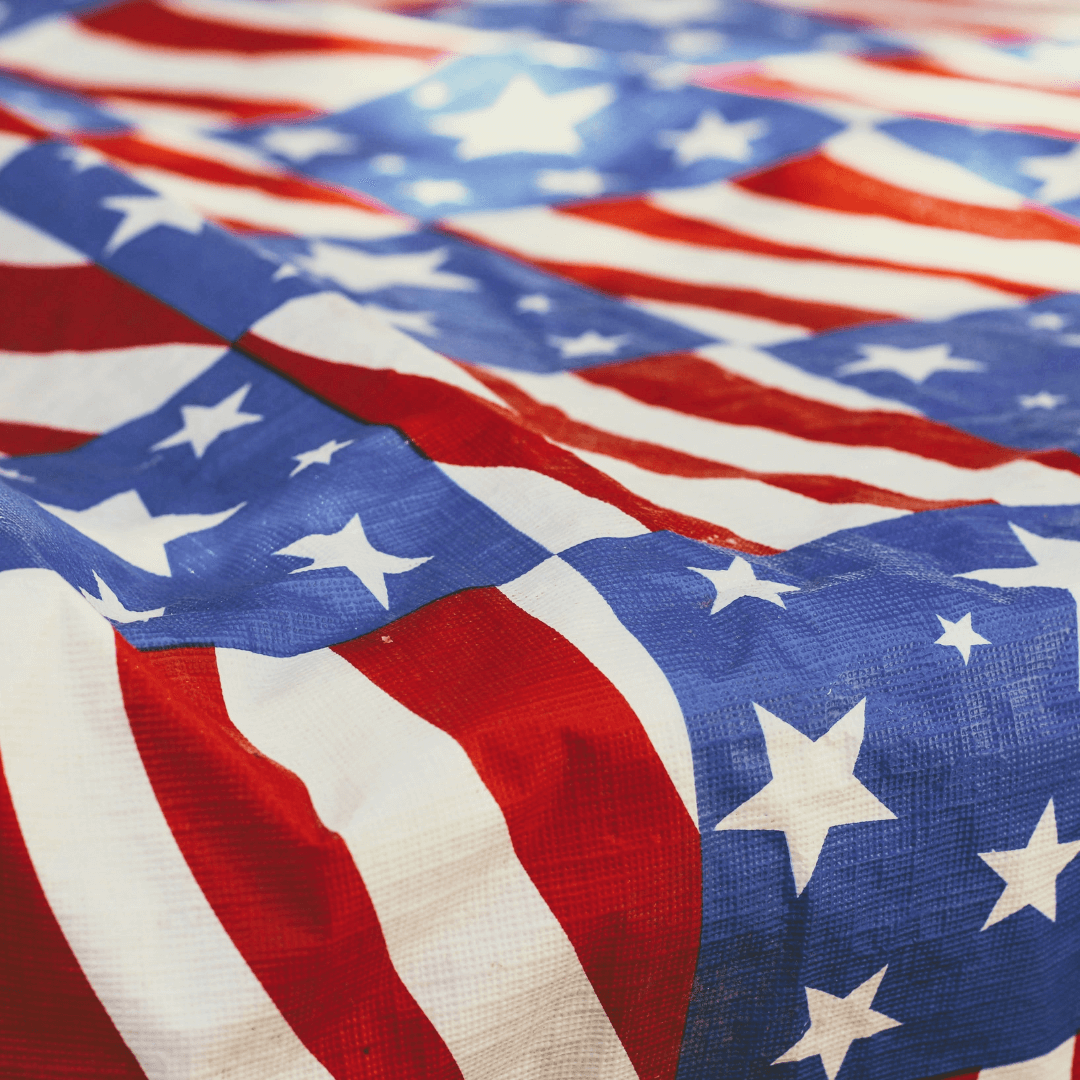





History by Mail
Historic Cartoons Box (Set of 50 Cards)
Share
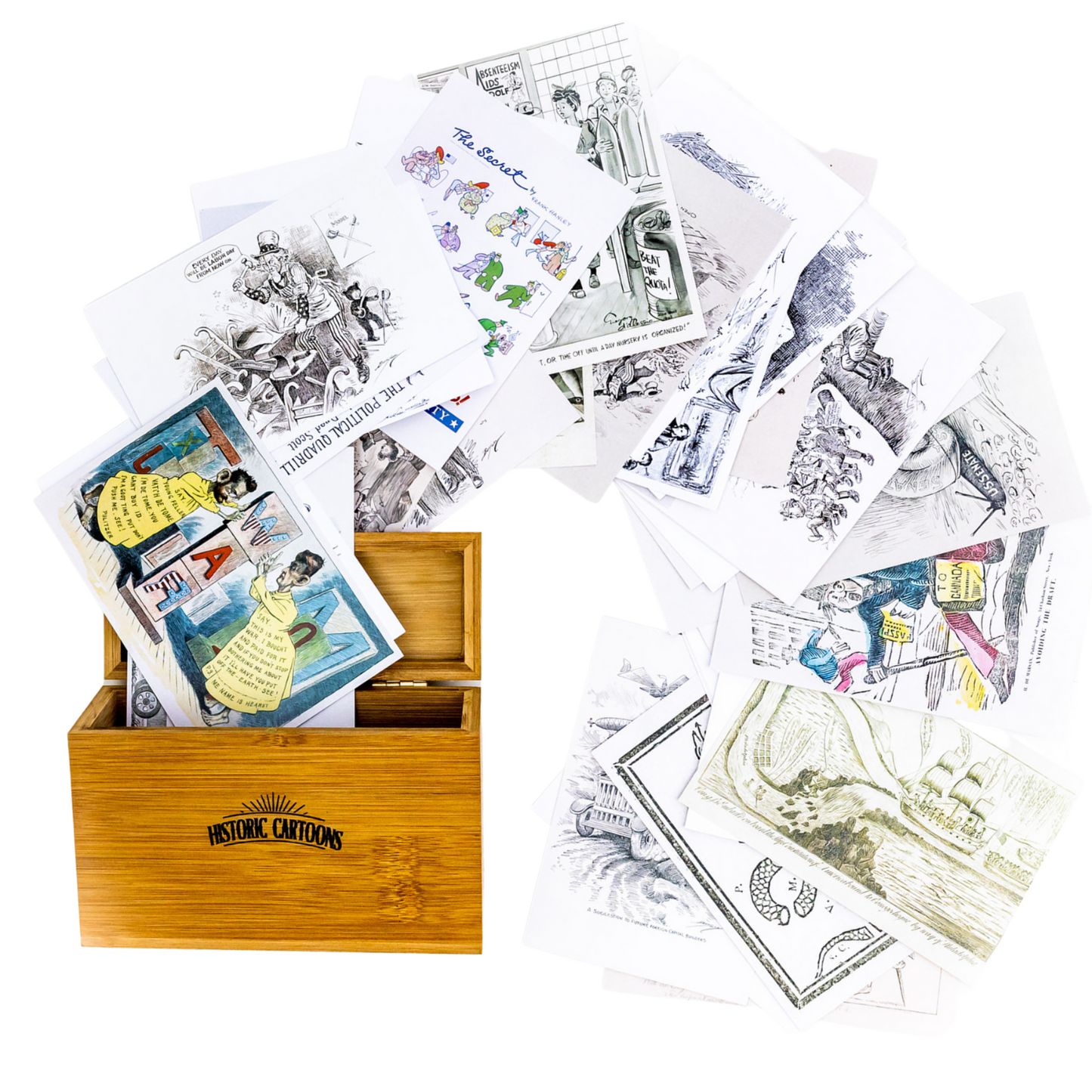
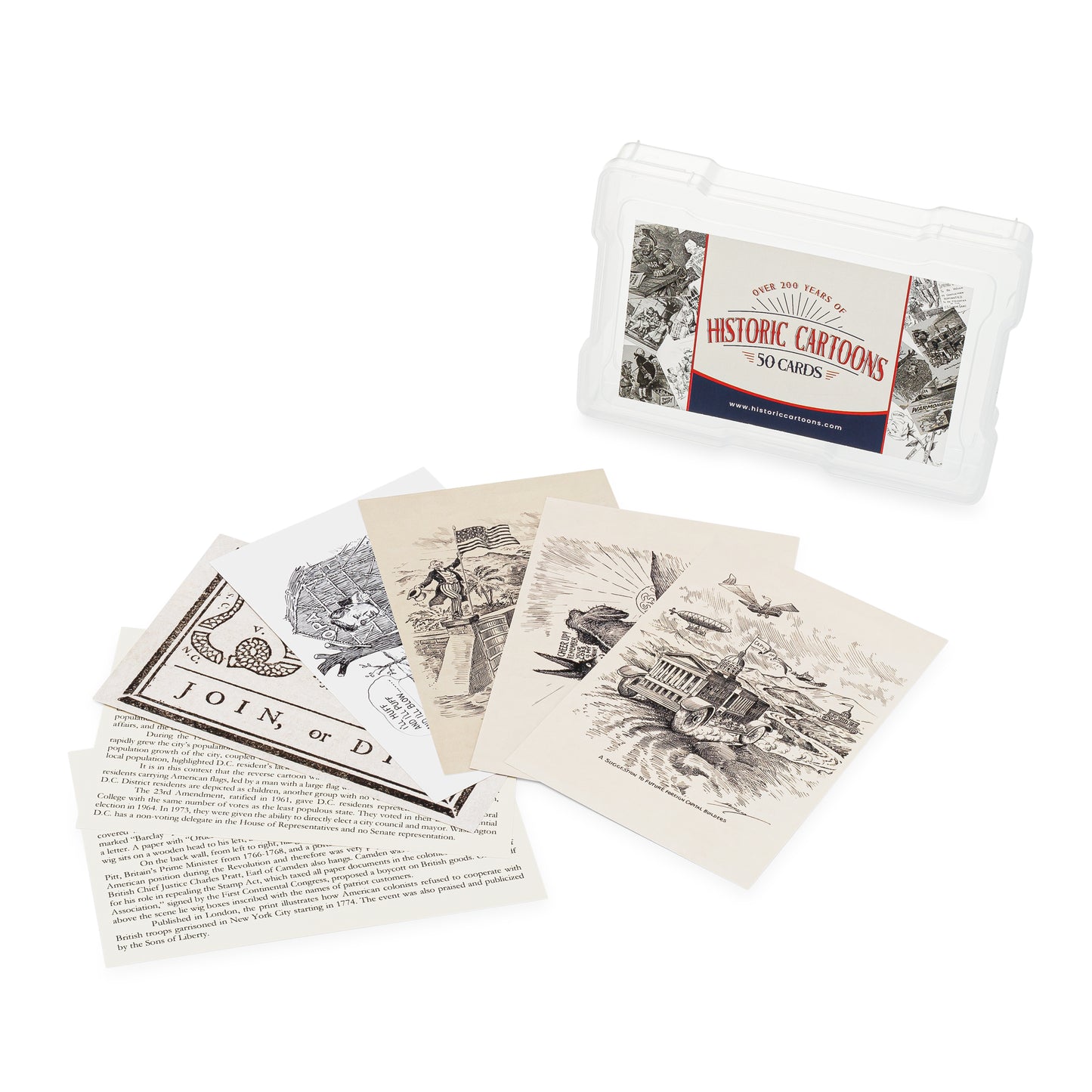
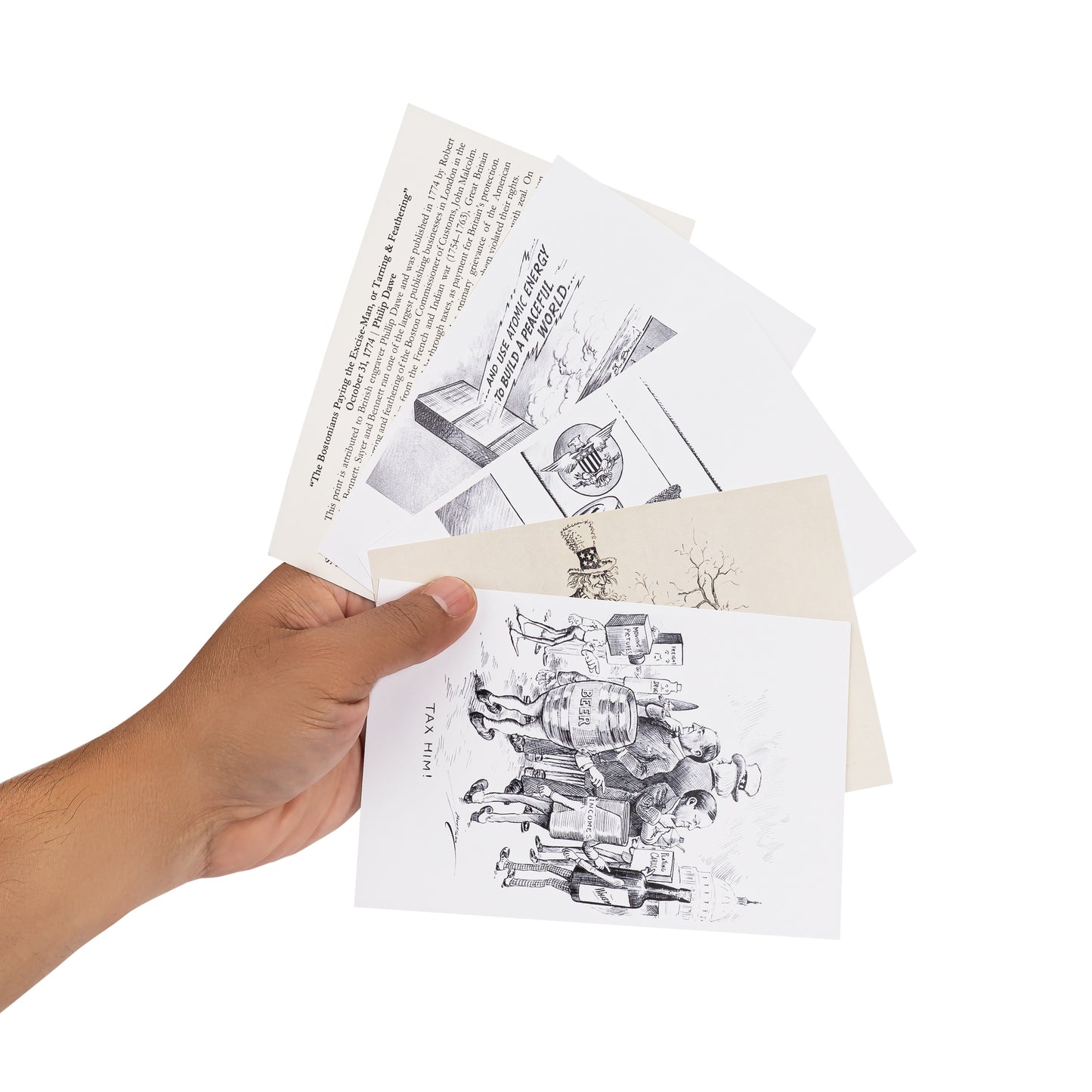

History by Mail
World War II Cartoons & Posters (25 Card Set)
Share

